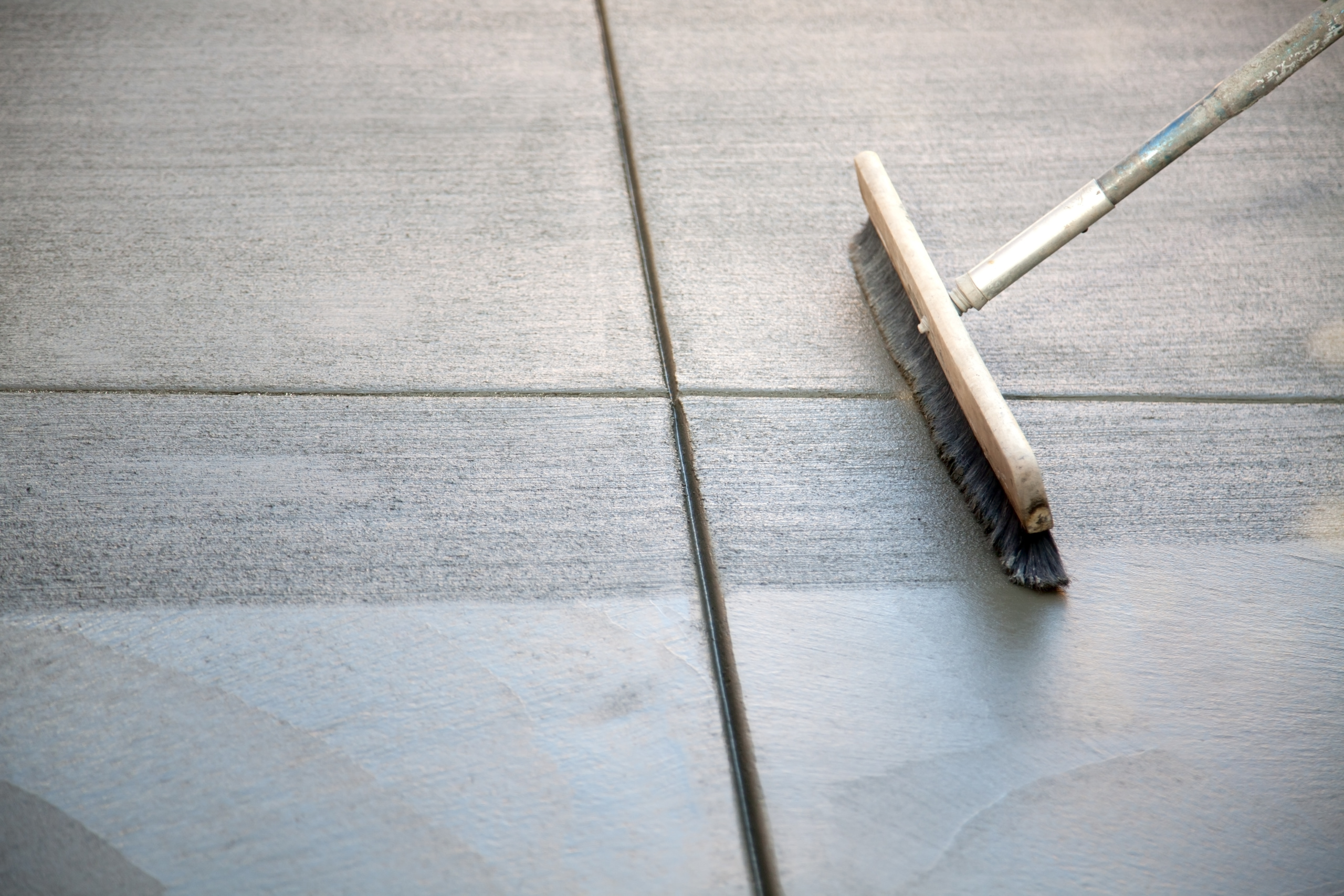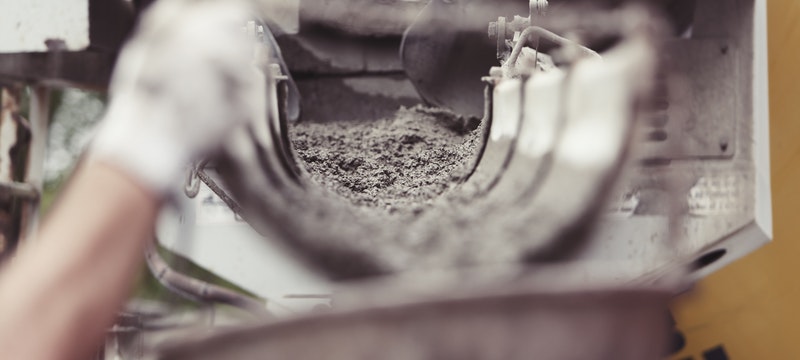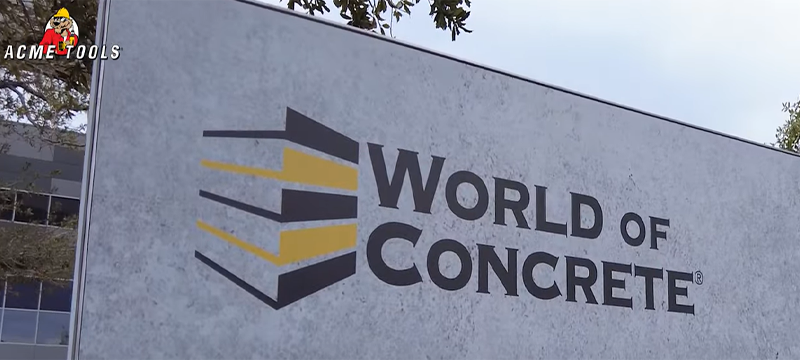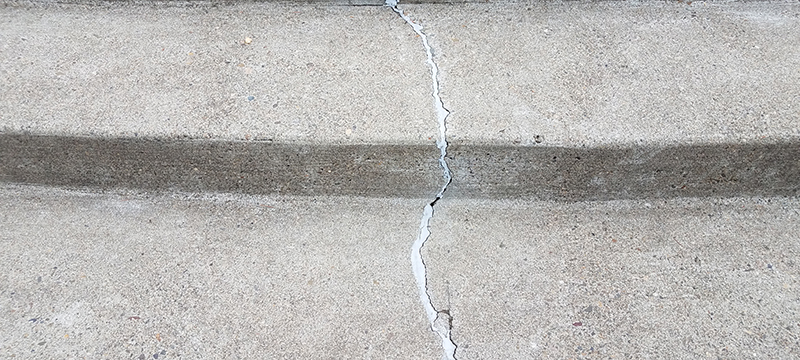A Comprehensive Concrete Finishing Guide
Concrete finishing is a crucial step in the construction process, transforming raw concrete into a visually appealing and durable surface. Achieving a professional result on concrete projects like sidewalks, patios, or driveways requires the correct finishing technique and essential tools. Keep reading to explore various concrete finishing methods and discuss the necessary tools.
Basic Finishing Techniques
Mastering the basic concrete finishing methods is essential for any concrete finisher looking to produce high-quality results consistently. It begins with using the necessary tools. That way, you can achieve the desired result.
Broom Finish
This technique achieves a textured surface by running a broom over the wet concrete to create a textured surface that improves traction and slip resistance. The required concrete tools include a broom and a bristle brush for touch-ups.
Trowel Finish
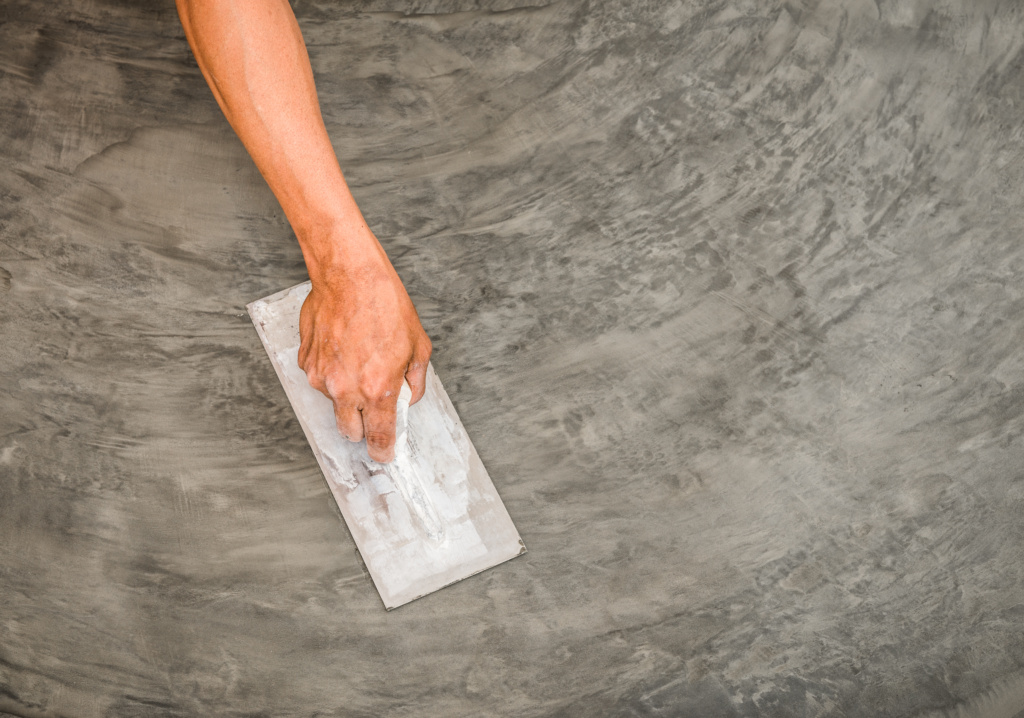
It’s a popular technique where a finishing trowel smooths and levels the concrete surface. This method creates a sleek and professional look for indoor floors and decorative concrete surfaces. Tools needed include a bull float, hand float, and finishing trowel.
Elevate Concrete with Specialized Techniques
Specialized concrete finishing techniques offer unique and aesthetically appealing surfaces beyond trowel and broom finishes. Custom techniques include imitating natural materials, such as stamped concrete, exposed aggregate, and stained finishes. Concrete professionals or DIY concrete finishing hacks use specific tools and expertise to achieve unique results. It allows them to highlight their creative skills and stunning designs.
Stamped Finish
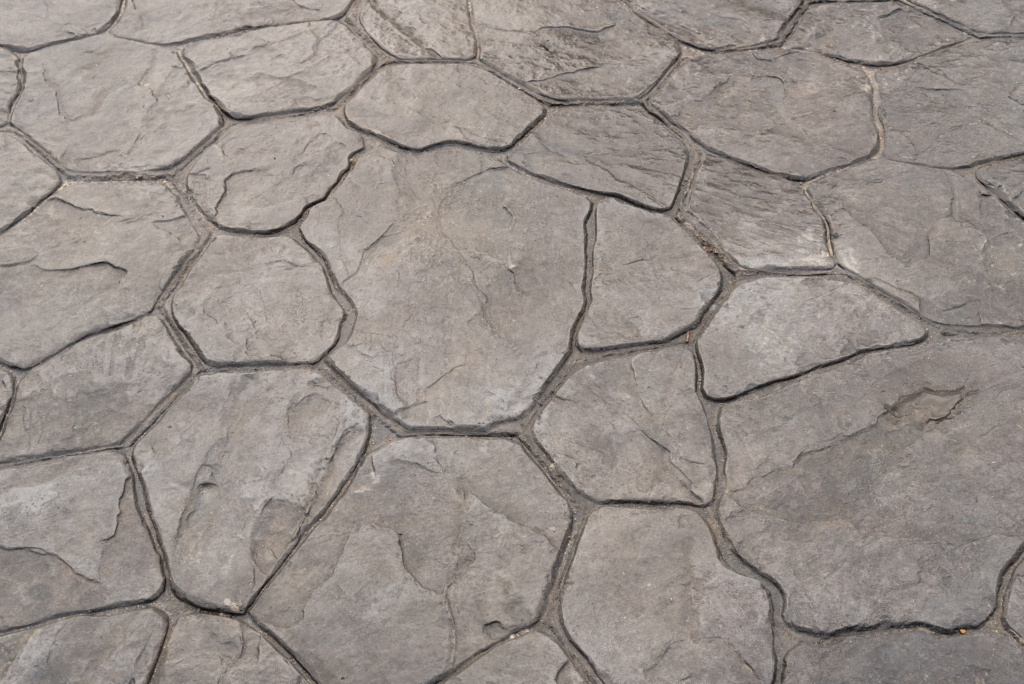
The stamped technique offers creative customization in residential and commercial applications. It provides an affordable alternative to natural materials while delivering an appealing concrete design. The aim is to mimic other materials like stone, brick, or tile. First, pour and level the concrete.
Then, apply the color hardener to create a base with an overall stain. Next, press flexible mats with various patterns onto the surface, leaving imprints that resemble the chosen material. Manufacturers often make these mats from polyurethane or rubber, offering them in varied sizes and designs. Carefully line up and press the mats into the concrete for a continuous pattern. After removing the mats, let the concrete cure. Apply a sealant to protect the surface and enhance the color and texture.
- The result is a creative pattern or textured surface.
Exposed Aggregate Finish
The exposed aggregate concrete finishing technique involves removing the top layer of cement paste from poured concrete. It allows for various aggregate options, such as colorful stones, pebbles, shells, or recycled glass. Because of their durability, skid resistance, and aesthetic appeal, exposed aggregate finishes are popular for driveways, patios, sidewalks, and architectural features. It creates a visually appealing surface with a textured and multidimensional appearance. First, pour and level the concrete. After some time, apply a surface retarder, which delays the setting of the concrete so you can remove the cement paste later. Once the retarder has taken effect, scrub, pressure wash, or mechanically abrade the concrete surface to expose the aggregate. The result is a visually appealing and textured surface.
Stained Finish
The stained concrete finishing technique adds color and depth to concrete surfaces, creating a beautiful and customized appearance. It involves applying a concrete stain to the surface, which penetrates the pores of the concrete, creating a permanent color. You can use various techniques to apply the paint, like spraying, sponging, or brushing. The choice depends on the desired effect and the size of the surface area. Stained concrete finishing technique works both indoors and outdoors. It is a durable and low-maintenance alternative to traditional flooring or paving options. It allows for various design possibilities, from creating the look of natural stone to incorporating intricate patterns or custom designs. The stained concrete technique is popular for residential and commercial applications, as it offers a cost-effective and aesthetically pleasing solution for enhancing concrete surfaces.
Salt Finish
The salt finish is a favored concrete finishing technique that creates a unique and attractive textured surface. Spread rock salt over the wet concrete surface during finishing and then apply a float or trowel. The salt crystals absorb water and create small indentations on the surface, leaving tiny pockmarks. Once the concrete thoroughly dries, remove the excess salt with a broom, leaving a subtle, speckled pattern behind. This technique is effective for pool decks, patios, and other outdoor surfaces that require a non-slip surface. It masks any blemishes on the concrete and delivers a natural-looking outcome.
Tools for Concrete Finishing
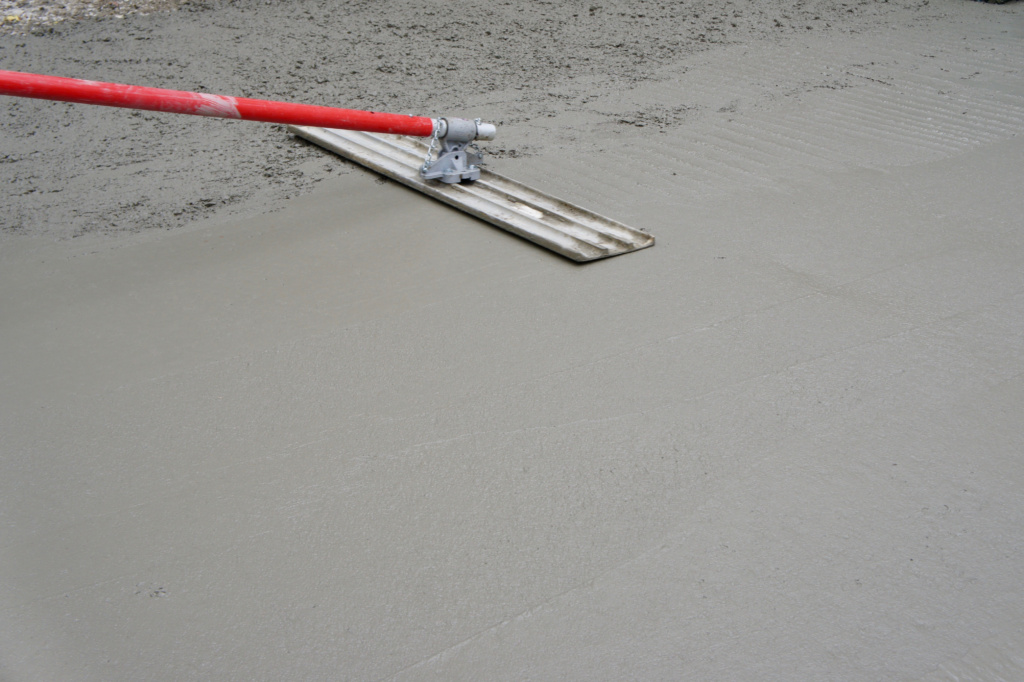
DIYers and professionals use many concrete finishing tools, and the tools you need may depend on your chosen finish technique. Some of the most used concrete finishing tools include:
- Bull Float: A sizeable flat tool to flatten and level concrete surfaces.
- Hand Float: Used for the initial smoothing and leveling of the concrete surface.
- Concrete Trowel: An essential tool for achieving a smooth and polished finish.
- Concrete Edger: Used to create rounded edges along the concrete surface.
- Brick Jointer: Necessary for creating control joints that prevent cracking.
- Concrete Broom: Enables the creation of a brushed or textured finish.
- Stamps: Used for patterns and textures in stamped concrete.
- Power Trowel: Effective for large-scale projects, it provides a high-quality finish with minimal effort.
- Concrete Mixer: Essential for preparing the concrete mixture.
- Surface Retarder: Used to slow down the curing process, allowing for exposed aggregate finishes.
- Diamond Polishing Pads: Essential for achieving a polished finish on concrete surfaces.
Concrete finishing techniques transform plain concrete into stunning and functional surfaces. You can confidently embark on your concrete project by understanding the various finishing techniques and the required tools, knowing you have the knowledge and equipment necessary for success. Choosing the method and having the proper tools ensures you apply professional concrete finishing steps.

